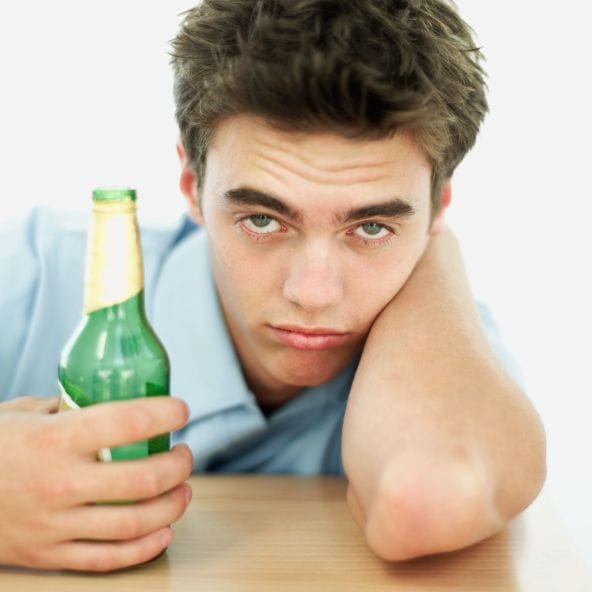Recent findings from a group of American researchers indicate that college students with the highest levels of alcohol intake are most likely to receive long-term benefits from brief alcohol interventions designed to curb dangerous drinking patterns. In America, college students have a well-established tendency to consume alcohol in large amounts and are subsequently frequently exposed to the potentially severe manifestations of alcohol-related harm. In a study published in March 2015 in the Journal of Consulting and Clinical Psychology, researchers from three American universities sought to determine if college drinkers experience lasting benefits from brief alcohol interventions aimed at curbing their consumption levels. These researchers concluded that students who consume the most extreme amounts of alcohol are the only college group that predictably experiences such benefits.
Alcohol and College
Some students enter college with a pre-existing habit of alcohol consumption, while others only start drinking once they arrive on campus. For experienced drinkers and new drinkers alike, college attendance is associated with sharply increased chances of consuming alcohol in risky amounts and experiencing clearly negative drinking consequences. The National Institute on Alcohol Abuse and Alcoholism (NIAAA) notes that more than four out of five students on America’s university and college campuses consume alcohol at least occasionally. Unfortunately, students commonly participate in binge drinking, a pattern of consumption that leads to rapid legal intoxication; the NIAAA estimates that almost 50 percent of all college enrollees binge on alcohol in any given two-week span of time. Alcohol consumers on college campuses (and non-drinkers exposed to alcohol consumers) face increased risks for a range of severe harms, including involvement in motor vehicle crashes and other types of alcohol-related accidents, physical assaults by intoxicated individuals, sexual assaults by intoxicated individuals and death. Binge drinkers specifically face increased risks for possibly fatal episodes of alcohol poisoning. Roughly one-fifth of all students drink often enough and/or in large enough amounts to develop alcohol use disorder (the modern day name for both alcoholism and non-addicted, dysfunctional alcohol abuse). In addition, roughly 25 percent of all students maintain patterns of alcohol intake that negatively impact their academic performance by leading to such things as poor class attendance and reduced grades.
Brief Alcohol Interventions
Brief alcohol interventions are essentially counseling sessions designed to quickly identify individuals involved in risky patterns of alcohol consumption, help at-risk individuals gain awareness of their exposure to current and future alcohol-related harm, promote patterns of drinking that don’t lead to harm and help people with diagnosable alcohol problems seek appropriate treatment. Interventions can take place in a range of settings, including doctors’ offices, emergency rooms, jails and college campuses. Professionals trained to conduct intervention sessions include physicians, nurses, counselors and therapists. Many people participate in face-to-face sessions; however, modern technology also allows professionals to conduct remote interventions through onsite or online computer programs.
What’s the Lasting Response?
In the study published in the Journal of Consulting and Clinical Psychology, researchers from Old Dominion University, the University of New Mexico and Brown University used information gathered from 1,040 students on a single college campus to estimate how long-term exposure to a brief alcohol intervention produces a decline in alcohol consumption. Some of the students volunteered for the project, while others had violated university alcohol policies and were required to participate in order to remain in school. A third of the study participants received a face-to-face brief alcohol intervention. The remaining participants received either of two remotely administered interventions known as Alcohol 101+ and Alcohol Edu for Sanctions. Results of these interventions were measured immediately after the students participated, as well as on three other occasions over the course of the following year. Fully 76 percent of the study participants qualified as fairly light drinkers and had the lowest risks for alcohol problems. As a rule, these individuals reduced their alcohol intake levels by roughly one-quarter after receiving an intervention but returned to their previous levels of consumption within a year. Roughly 11 percent of the students consumed alcohol at twice the rate of the light drinkers and qualified as very heavy drinkers; these individuals did not decrease their alcohol intake after receiving a brief intervention. However, 3 percent of the students consumed more than twice as much alcohol as the very heavy drinkers; these peak consumers reduced their drinking levels by close to 50 percent after receiving an intervention and continued this lower level of intake throughout the entire year under consideration.






